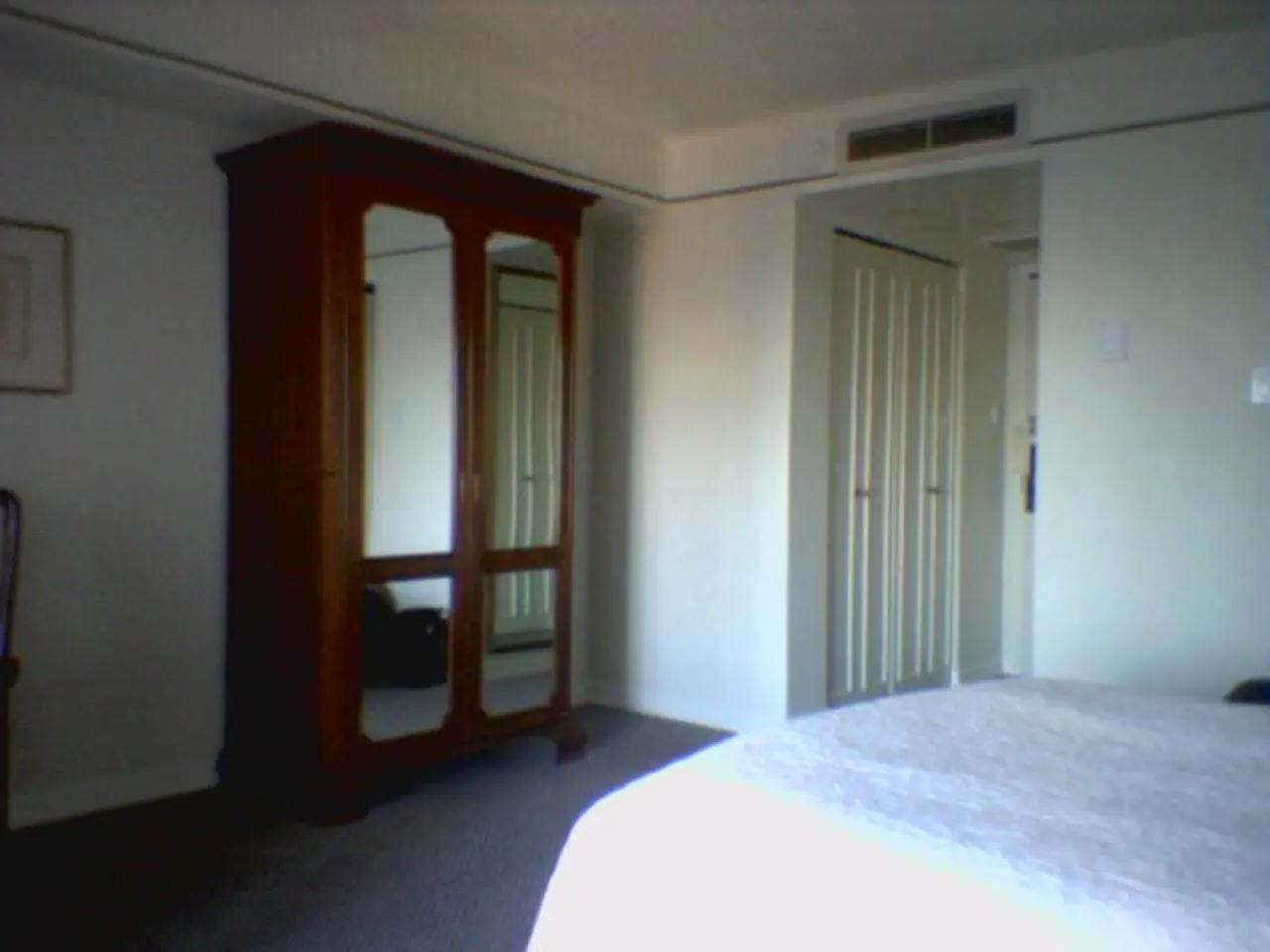Importance of Kitchen Ventilation: It's More Imperative Than You Imagine
Poor kitchen ventilation in home designs has significant health and financial implications that homeowners should be aware of.
Health Implications
Cooking produces air pollutants that can affect respiratory health. These pollutants include fine particles and gases such as nitrogen dioxide and carbon monoxide (from gas cooking) or ultrafine particles (from electric cooking). Without proper ventilation, these pollutants accumulate indoors, leading to degraded indoor air quality.
This degraded air quality increases risks for chronic coughing, throat irritation, asthma, bronchitis, eye irritation, allergic reactions, and more severe conditions like lung cancer, especially in vulnerable groups like children, elderly, and those with preexisting respiratory problems. Continuous exposure to these pollutants weakens the immune system and can contribute to persistent respiratory diseases.
Poor ventilation also increases the risk of toxic fume inhalation and skin irritation due to substances like creosote build-up inside chimney ducts, which also raises the risk of kitchen fires. Medical experts warn of rising lung cancer rates linked to daily exposure to cooking fumes in poorly ventilated kitchens, particularly among women who spend several hours cooking without adequate air circulation.
Financial Implications
Poor ventilation can cause grease and soot accumulation on walls and ceilings leading to unsightly stains and damage that are difficult and costly to clean or repair. Accumulated contaminants and damage due to poor ventilation may lead to expensive remediation such as chimney replacement when soot and creosote build-up become severe.
Visible signs of poor ventilation (like grease buildup and odors) can lower a home’s market value as they signal ongoing maintenance issues to prospective buyers. Insurance claims related to damage from poor ventilation (e.g., fire or structural damage from grease deposits) may be denied, adding financial risk.
In summary, poor kitchen ventilation harms occupants' respiratory health and comfort, and it can cause structural damage that reduces home value and incurs costly repairs or insurance complications. Prioritizing proper ventilation (such as effective range hoods and regular chimney cleaning) safeguards both health and financial investment.
Key Takeaways
- Proper kitchen ventilation is essential for maintaining good indoor air quality and reducing health risks associated with cooking pollutants.
- Effective range hoods and regular chimney cleaning are crucial for maintaining proper ventilation.
- Poor ventilation can lead to costly repairs and insurance complications due to damage from cooking pollutants.
- Proper sizing of range hoods is essential for maximum effectiveness, with the hood being at least as wide as the cooktop, and many experts recommending 3-6 inches of additional width on each side.
- Range hoods can be installed inside custom cabinetry for a built-in appearance.
- Energy efficient ventilation choices include variable speed controls, timer controls, LED lighting, and heat recovery ventilation systems.
- Professional installation ensures optimal performance while meeting safety and code requirements.
- Proper kitchen ventilation creates costs that are well worth the investment, as they exceed the costs of poor ventilation by substantial margins.
References
[1] Kitchen Ventilation: Why It Matters
[2] Kitchen Ventilation: The Importance of Proper Ventilation
[3] The Dangers of Poor Kitchen Ventilation
[4] Kitchen Ventilation: A Guide to Choosing the Right System
[5] The Health Risks of Poor Kitchen Ventilation
Energy efficiency in kitchen ventilation systems is a important consideration for long-term cost savings. Variable speed controls, timer controls, and LED lighting can help reduce energy consumption while maintaining optimal performance.
Style and quality are also factors when selecting appliances for the kitchen. Energy-efficient range hoods can be integrated into fashion-and-beauty-inspired custom cabinetry for a sleek, modern appearance.
Quality nutrition is linked to a health-and-wellness lifestyle, and proper kitchen ventilation is essential for promoting healthy cooking methods. Nutritionists recommend using ventilation systems with heat recovery capabilities to maintain a clean, cool kitchen environment.
A well-ventilated kitchen can contribute to a fitness-and-exercise routine by providing a comfortable space to use equipment or prepare healthier meals. Proper ventilation also supports skin-care needs by reducing exposure to airborne pollutants and keeping the kitchen smelling fresh.
Overall, a well-ventilated kitchen is an integral part of a balanced lifestyle, promoting both health and wellness, and supporting quality home design and appliance choices. Ensuring proper kitchen ventilation is crucial for a home's aesthetic appeal, market value, and long-term financial stability.
In the realm of home-and-garden, proper kitchen ventilation is essential for maintaining an enjoyable and healthy living space. A well-ventilated kitchen promotes energy efficiency, fashion-and-beauty aesthetics, health-and-wellness, fitness-and-exercise routines, quality nutrition, and skin care, making it a vital component of a comprehensive lifestyle approach.




